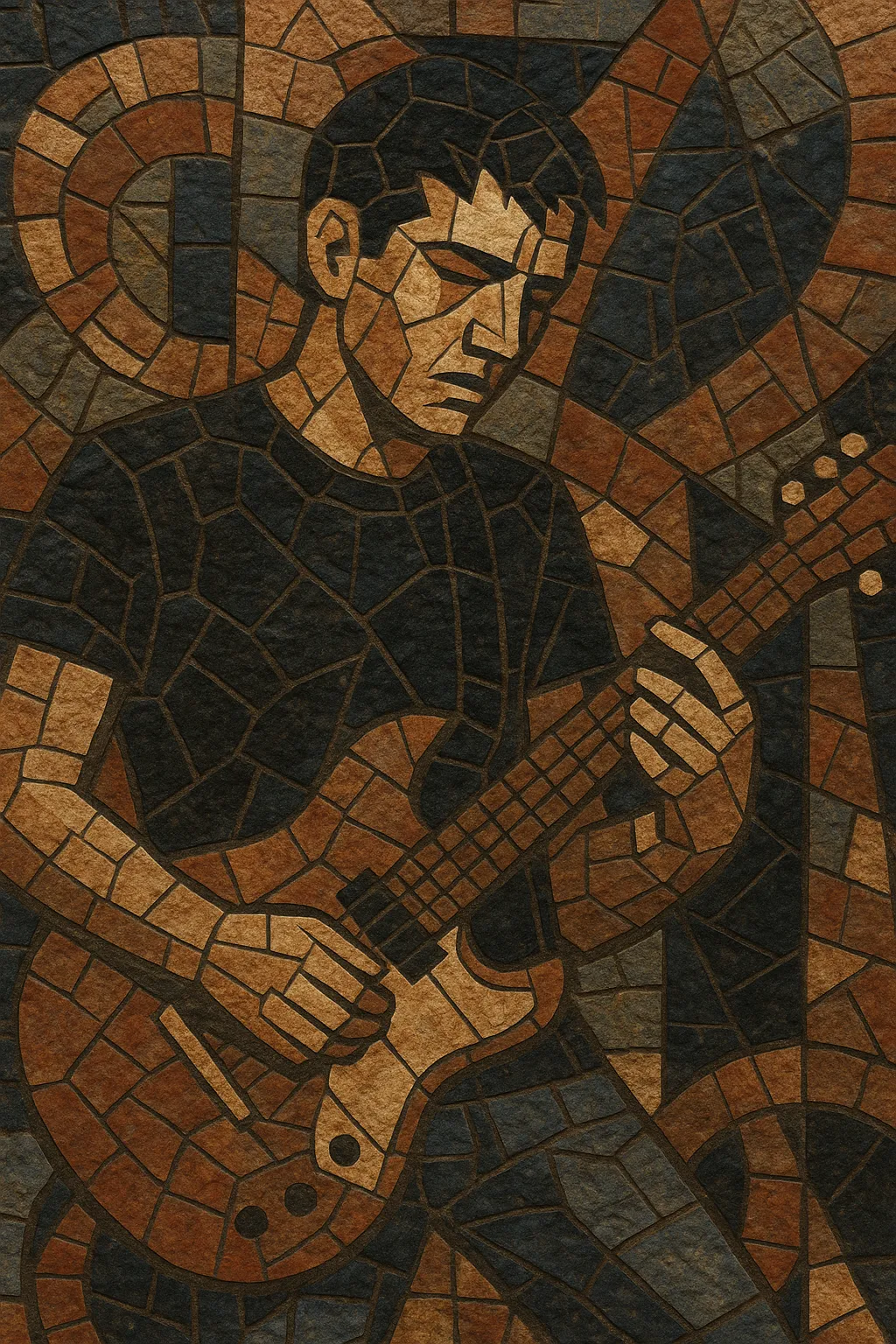
The Louisville sound refers to the distinctive, interlinked underground rock scene that emerged from Louisville, Kentucky in the late 1980s and early 1990s. It fused hardcore punk’s discipline with unconventional song forms, clean interlocking guitars, sudden dynamic shifts, and a measured, often conversational vocal delivery.
Albums like Slint’s "Spiderland" and Rodan’s "Rusty" became touchstones for a style that blurred the lines between post-hardcore, mathy indie rock, and early post-rock. The scene was collaborative and studio-conscious, favoring tension-and-release structures, odd meters, and chamber-like textures that later fed directly into American post-rock and related minimalist/slowcore aesthetics.
Louisville’s punk community cultivated a forward-thinking strain of guitar music that retained hardcore’s rigor while reaching for more elastic forms. Early groups like Squirrel Bait (mid-1980s) set the stage by marrying intensity to melodic and structural ambition, seeding a network of musicians who would redefine the city’s sound.
Slint’s "Spiderland" (1991) crystallized the Louisville sound: meticulous, spacious arrangements; hushed, spoken or half-sung vocals; explosive but carefully controlled crescendos; and guitar parts that entwined like chamber voices. Shortly after, bands such as Rodan, Crain, King Kong, and The For Carnation expanded the template—some leaning into angular, mathy rhythms, others into brooding minimalism. Local support systems (DIY venues like Tewligans, zines, and regional labels) and sympathetic imprints (e.g., Touch and Go/Quarterstick, Drag City) helped broadcast the sound beyond Kentucky.
Musicians flowed between projects, producing a family-tree effect: members of Slint and Rodan appeared in June of 44, Shipping News, Rachel’s, and The For Carnation. This cross-pollination encouraged hybrid approaches—string and piano timbres in rock contexts (Rachel’s), dubby rhythm-section depth (Shipping News), and narrative vocal framing (The For Carnation).
The Louisville sound became a blueprint for U.S. post-rock’s measured grandeur, for math rock’s precision-with-feel, and for slowcore’s deliberate pacing. Its hallmarks—negative space, talk-sung intimacy, and hairpin dynamics—echo in later post-hardcore, Midwest emo, and experimental indie records worldwide.
Aim for tension, space, and precision. Use quiet, cleanly picked guitars that interlock in counterpoint and build gradually to sharp, cathartic peaks. Vocals often sit low in the mix, spoken or half-sung, with narrative or impressionistic lines.

